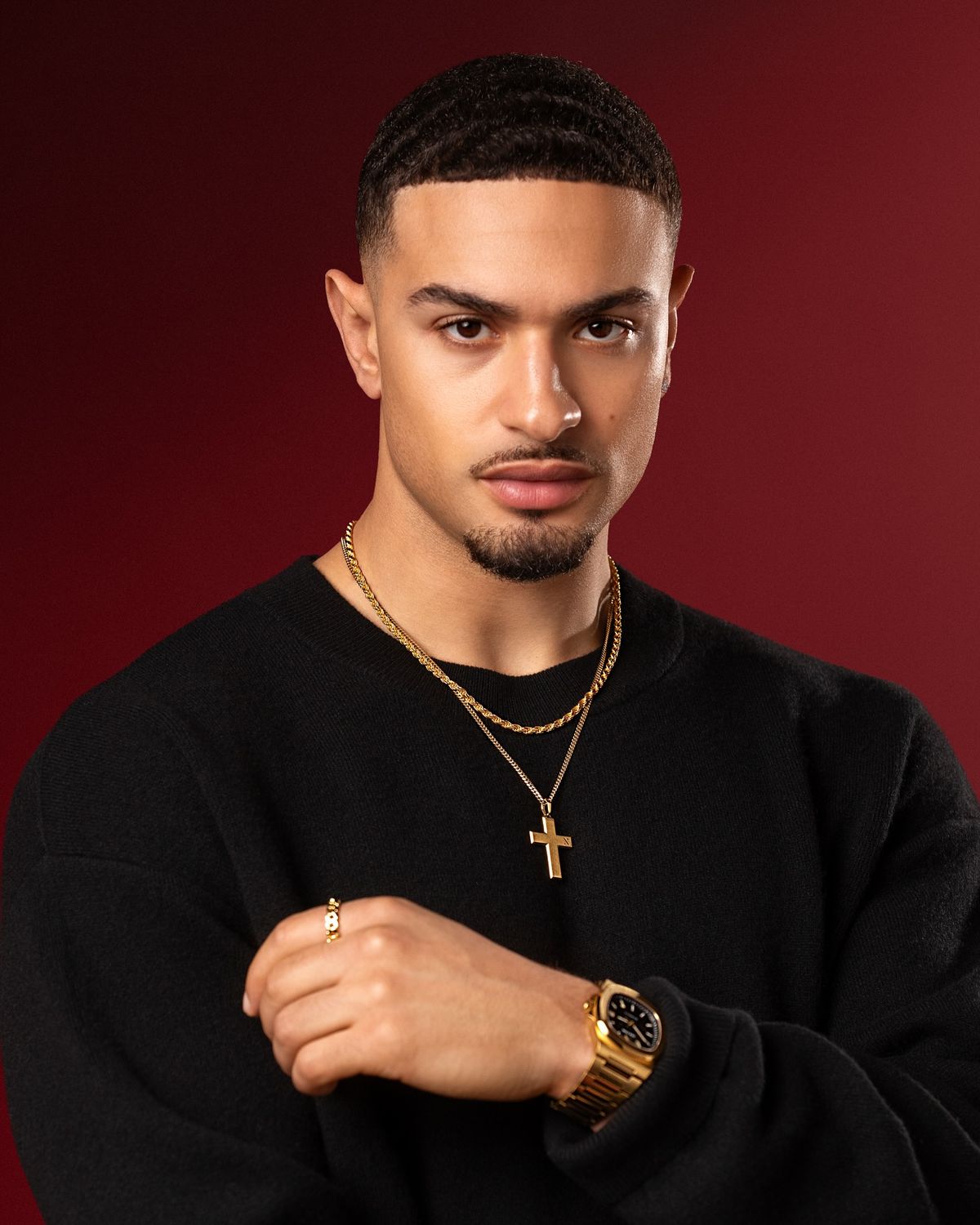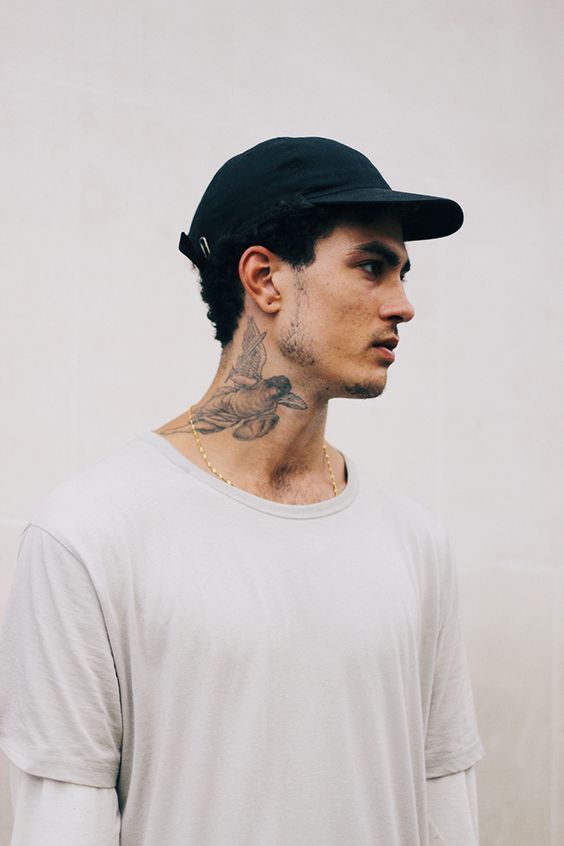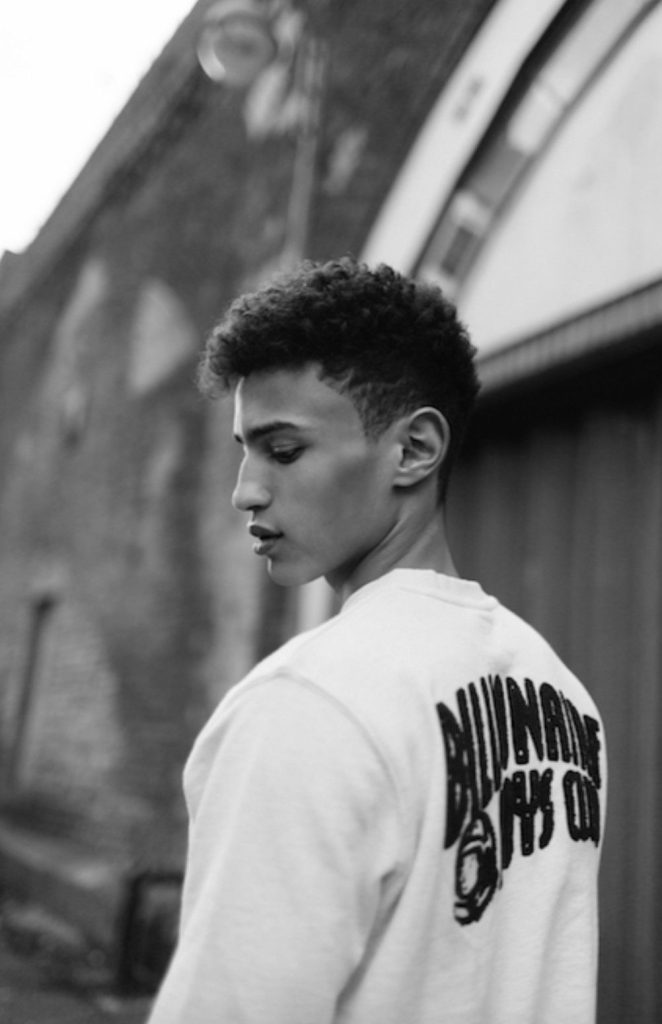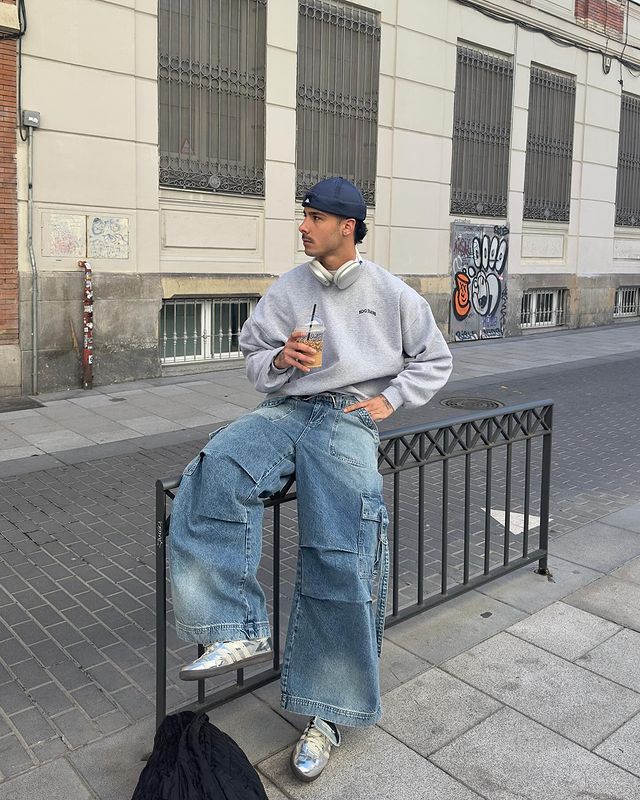Introduction
In the contemporary digital age, fashion no longer thrives solely on glossy magazine covers or extravagant runway spectacles. Instead, it pulses within the fast-moving world of social media, where viral looks can emerge overnight and redefine what is considered stylish. Platforms like Instagram, TikTok, and YouTube have become the epicenters of influence, where clothing, accessories, and entire lifestyles are packaged into shareable moments that spread like wildfire. The phrase “fashion that clicks” embodies this dynamic intersection where style meets technology, where visual content becomes currency, and where viral trends not only shape consumer desires but also transform global industries.
Viral fashion today is not just about beauty or craftsmanship—it is about resonance. A jacket, a pair of sneakers, or a unique hairstyle can ignite cultural conversation, fuel global demand, and turn creators into celebrities almost instantly. Digital fame now functions as a powerful driver of the fashion ecosystem, amplifying niche aesthetics and bringing once-localized subcultures into the international spotlight. Whether it’s the resurgence of Y2K aesthetics, the meteoric rise of cottagecore, or the mainstream embrace of streetwear, these trends demonstrate how fashion in the digital realm is both collective and deeply personal.
The transformation is not accidental—it is the product of deliberate storytelling, strategic branding, and audience interaction. Unlike traditional fashion systems that operated on exclusivity and distance, viral fashion thrives on accessibility and relatability. It is participatory, built on likes, comments, shares, and duets. The democratization of influence has shifted power away from a handful of gatekeepers and handed it to millions of creators worldwide. In this landscape, a teenager in Seoul, a stylist in Lagos, or a vintage reseller in Los Angeles can spark global movements with a single viral post.
This article delves into the anatomy of viral fashion, tracing its digital roots, exploring its cultural impact, and examining how it continues to redefine identity, commerce, and creativity. From the mechanics of social platforms to the psychology of viral sharing, from the rise of digital fame to the sustainability dilemmas it creates, the following sections unpack how fashion clicks into the hearts and minds of global audiences in the twenty-first century.
The Digital Transformation of Fashion
The traditional fashion cycle once revolved around designers, editors, and luxury houses dictating seasonal collections. However, the advent of digital media restructured the ecosystem entirely. Fashion’s digital transformation was not just a technological shift but also a cultural one. With smartphones in hand, consumers became active participants, shaping trends in real time and contributing to the narrative of style.
Digital platforms became both runway and marketplace. Instagram made it possible for anyone to showcase their outfits, while TikTok accelerated micro-trends into worldwide sensations. YouTube tutorials, unboxings, and thrift hauls added layers of education and entertainment to the fashion conversation. Pinterest boards curated personal moodboards that could later inspire full-fledged viral aesthetics. The result was a fashion system that moved faster, felt more inclusive, and blurred the boundaries between professional and amateur.
In this environment, attention became the most valuable currency. Designers began experimenting with “Instagrammable” pieces that could spark conversations online. Influencers cultivated their personas not through traditional modeling agencies but by crafting visually compelling feeds. Entire brands emerged on the strength of their digital presence alone, often bypassing physical retail.
Moreover, fashion’s digital transformation brought with it a shift in accessibility. Once, luxury labels guarded their collections until fashion week or glossy magazine reveals. Now, consumers expect instant previews, live streams, and behind-the-scenes content. Transparency and immediacy became central to success. Fashion’s dialogue expanded beyond elite circles, inviting diverse voices and perspectives into the conversation.
Viral Fashion and the Power of Platforms
The phenomenon of viral looks cannot be separated from the platforms that host them. Each social media channel contributes its unique rhythm, audience, and mode of expression to the fashion world.
TikTok, with its rapid-fire videos and algorithm-driven discoverability, has been instrumental in creating micro-trends that balloon into global movements. A single styling hack, thrift transformation, or outfit-of-the-day clip can garner millions of views in hours. Unlike traditional fashion systems that emphasize exclusivity, TikTok thrives on relatability. Anyone can participate, remix, and adapt viral looks into their own wardrobe, making fashion feel communal.
Instagram remains the polished showcase, where curated aesthetics dominate. Influencers and brands use this platform to build long-term identities, blending lifestyle with style. Viral looks here are often tied to carefully planned campaigns, collaborations, and high-quality visuals. The platform’s shopping integration has also made it easier than ever for audiences to transition from admiration to purchase, closing the loop between inspiration and consumption.
YouTube plays the role of a storyteller. Here, fashion takes on depth through long-form content: styling advice, historical explorations, behind-the-scenes footage, and lifestyle vlogs. Viral moments on YouTube often emerge from charismatic personalities whose style becomes an extension of their persona.
Even Twitter (now X) and Reddit shape viral fashion conversations by amplifying memes, discourse, and debates. The virality of an outfit is not only about how it looks but also about how it is discussed, memed, and reinterpreted across communities.
The symbiosis between platforms and fashion reveals that virality is less about a single garment and more about the ecosystem in which it lives. A look goes viral because it can be captured, shared, remixed, and talked about endlessly across multiple digital spaces.
Influencers and the New Fashion Gatekeepers
In the pre-digital age, editors and luxury houses dictated fashion’s agenda. Today, influencers have become the new arbiters of taste. With followings ranging from niche micro-communities to global audiences, influencers serve as style curators, brand ambassadors, and cultural commentators all at once.
The rise of influencers reflects a larger shift toward authenticity. Unlike celebrities styled by professionals, influencers often present fashion as lived experience. Their relatability makes their choices more impactful—viewers trust that an influencer’s recommendation is closer to their own reality. Viral fashion thrives in this space because followers feel they are part of a dialogue, not passive spectators.
Micro-influencers, in particular, wield surprising power. With smaller but highly engaged audiences, they create intimate communities where fashion feels more personal. Meanwhile, mega-influencers leverage their scale to drive global campaigns, often in collaboration with luxury brands eager to tap into digital markets.
This redistribution of influence has also challenged traditional hierarchies. A YouTuber’s thrift haul may spark as much conversation as a Paris runway show. A TikTok creator’s styling video can overshadow a designer’s seasonal collection in terms of cultural relevance. In this way, influencers act as both creators and distributors of viral looks, fueling digital fame not only for themselves but also for the trends they champion.




